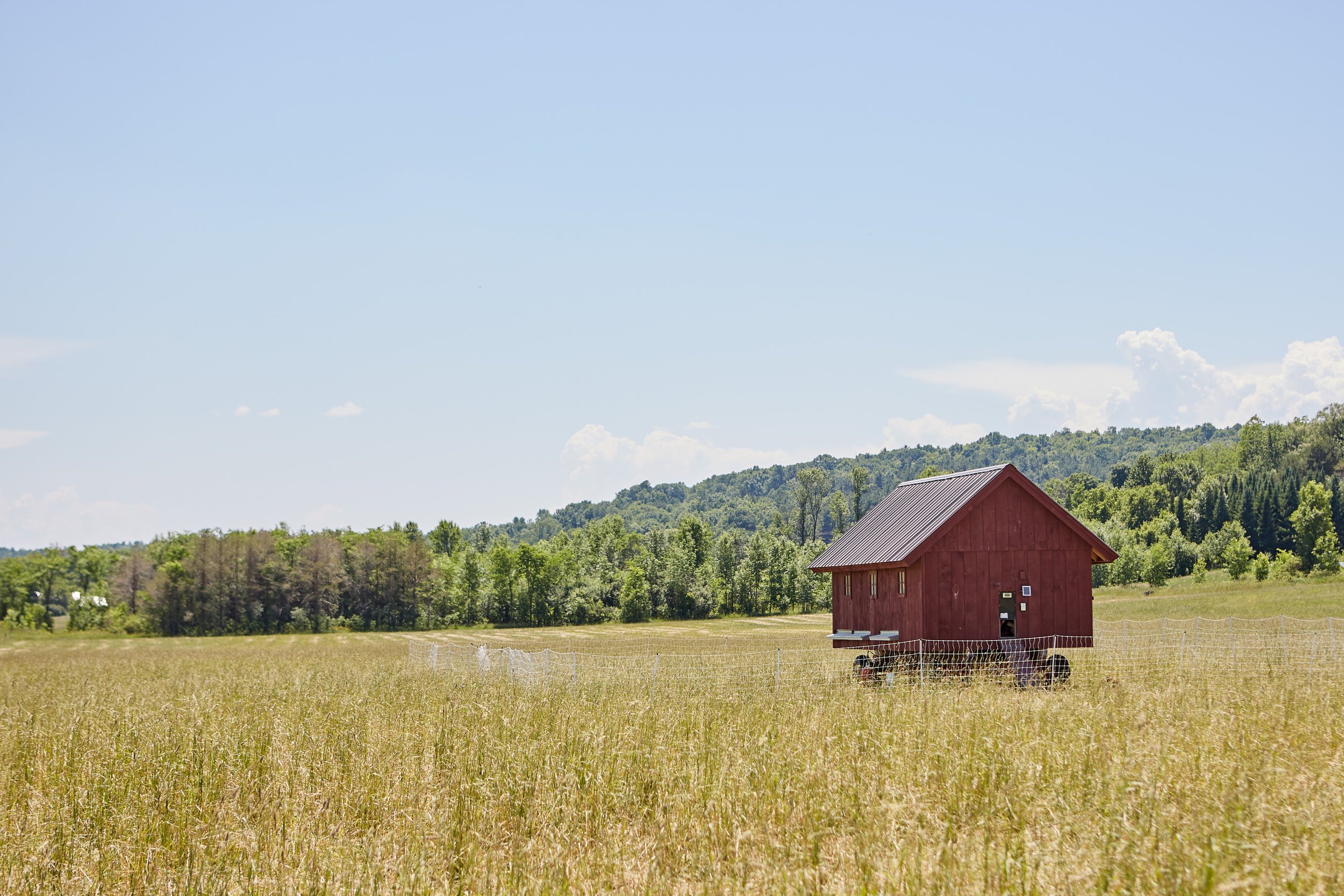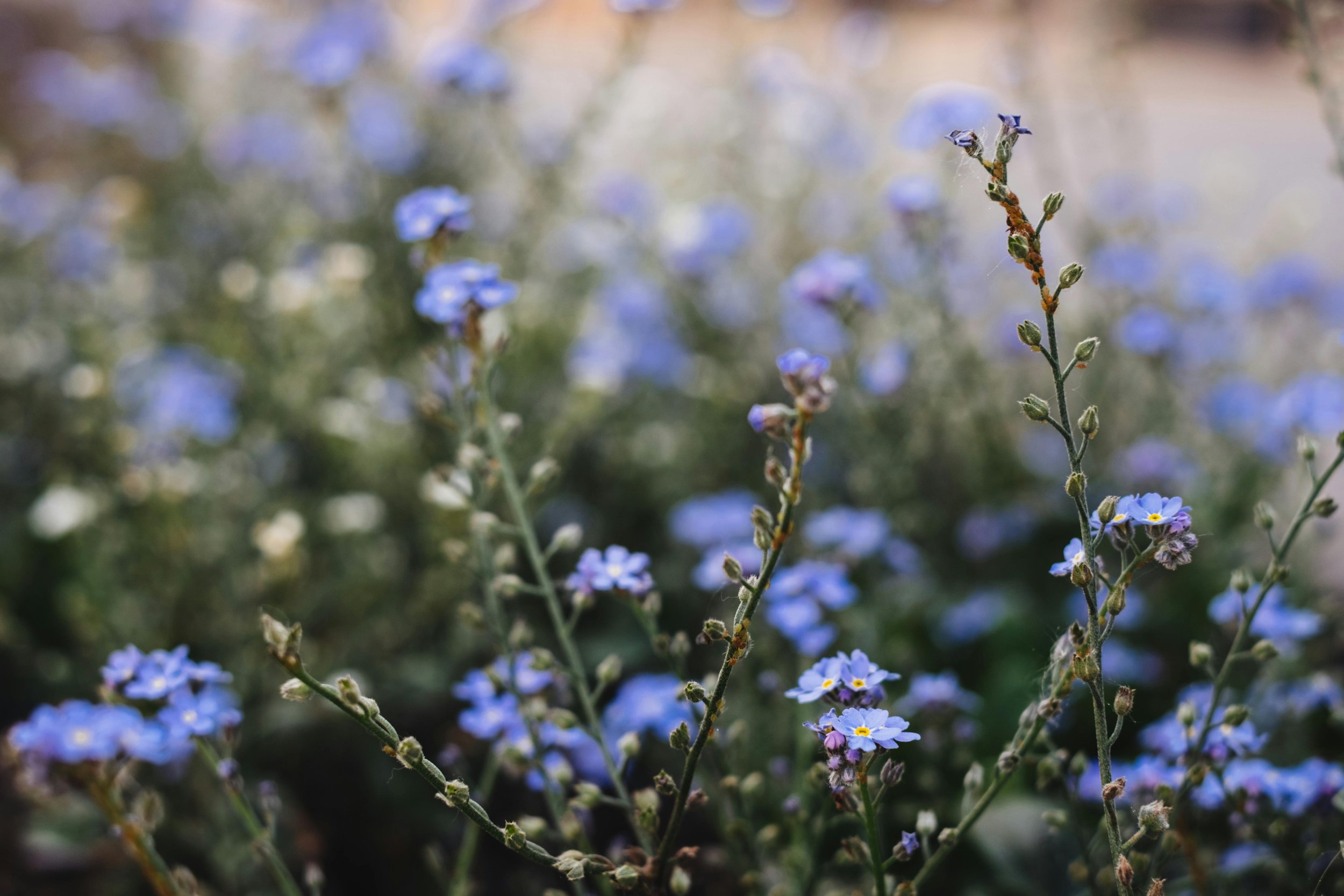
Our mission is to transform how land is valued, developed, and protected.
At Bio-Logical Capital we work with investors and landowners to design, build, conserve, and manage diverse land-based projects in urban and rural environments. We believe that a long-term commitment to land and communities with an “enrich, hold, and share” model deepens people’s relationship with the land, supports vibrant communities, establishes a culture of stewardship, and significantly increases the value of land and the consistency of earnings and returns.
We create mixed-use plans on large landscapes that integrate renewable energy, sustainable agriculture, water stewardship, and healthy human communities with ecological restoration and conservation.

We search for locations where people and nature can come together to support sustainable businesses that restore and conserve the land, preserve its history, and create vibrant communities.
Select Projects
Philo Ridge Farm, Vermont
Philo Ridge Farm is a 500-acre diversified farm that integrates grass-fed livestock, orchards, gardens, and farm-based community events.
Los Rios Farm, Colorado
Los Rios Farm is a 100-acre farm situated along the Little Thompson River in northern Colorado that primarily grows corn, tomatoes, and has a small livestock operation.
Hana Ranch, Hawaii
Hana Ranch is a 3,600-acre working cattle ranch and diversified organic farm in Hana, Hawaii. The farm has a grass-fed livestock, agroforestry, and fruit and vegetable production.
ACE Basin Preserve, South Carolina
Ace Basin Preserve is a 10,000-acre property is situated within one of the largest protected, undeveloped estuaries in the eastern United States and is an incredibly rich ecosystem with a diversified conservation land use plan.
Larimer Uprooted, Colorado
Larimer Uprooted was a pilot urban farm project created to showcase the community impact of public green spaces located on top of the Larimer Square Parking Garage in Downtown Denver.
Larimer Square, Colorado
Larimer Square is one of Denver’s most historic blocks with an ongoing effort to revitalize the block through affordable housing, urban agriculture, green roofs, sustainable infrastructure, and alley activation.
We share a common belief that people are a part of nature and when we listen to, learn from, and deepen our relationship with nature we can create consistent value, long-term productivity, and healthier communities.

Our model of Stewardship Development is different.
Over the past 70 to 80 years, our civilization has repeatedly—regardless of the nuances of place—simplified, segregated, and centralized our systems for food, energy, housing, water management, economic mobility, and social equity.
Around the world, people are recognizing and standing up to the wide range of environmental and social challenges that impact every aspect of human life and our economy. Many of these challenges are rooted in our current, dominant models of development. Examples include massive cornfields, huge power plants, sprawling suburbs, giant dams, wealth inequality, and food deserts. These models have failed to adequately safeguard our health, quality of life, natural systems, resource security, and integrity as a global community.
But at every step, we have gained knowledge and technologies that enable wiser options. The most effective solutions share common roots in decentralized, biologically-inspired approaches. Such practices often have lower up-front capital requirements, are less reliant on imported resources, and create safer and more comfortable living environments for people.
We see evidence in broad shifts toward diversified and organic agriculture, energy-efficient buildings, mixed-use neighborhoods, natural systems for water management, low-carbon transportation systems, and innovative investment models for achieving social impact outcomes.
We call this approach Stewardship Development.
